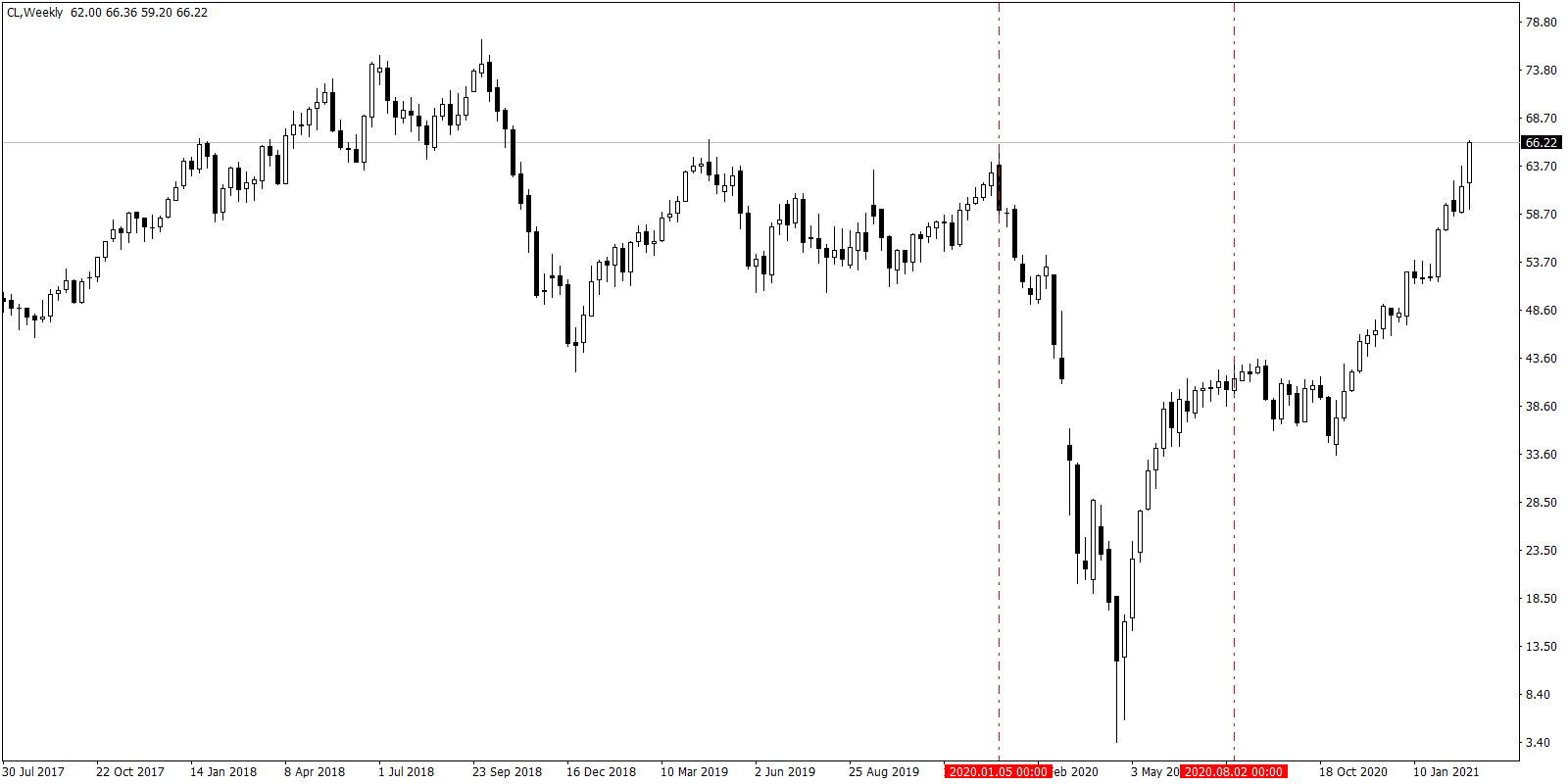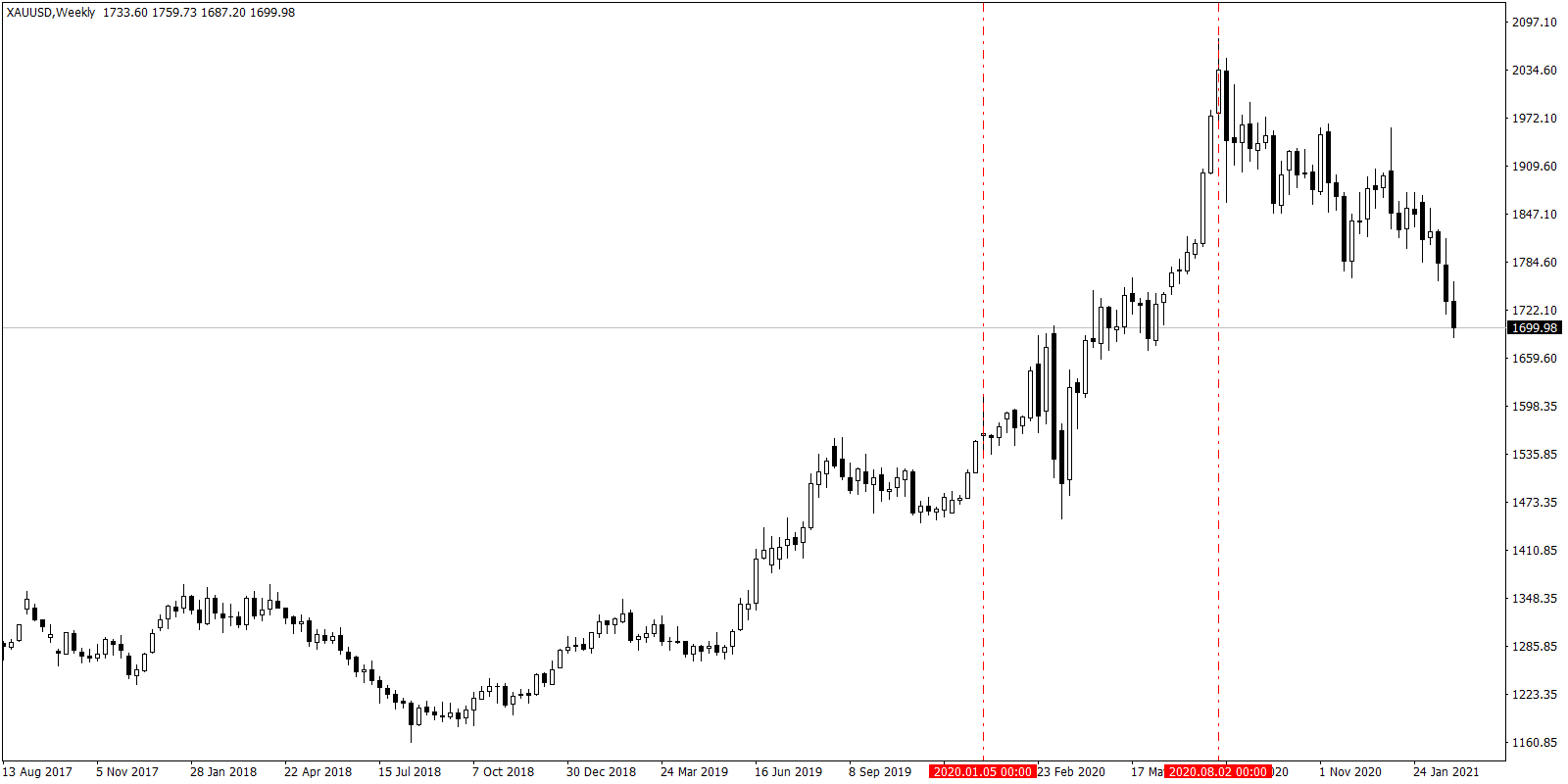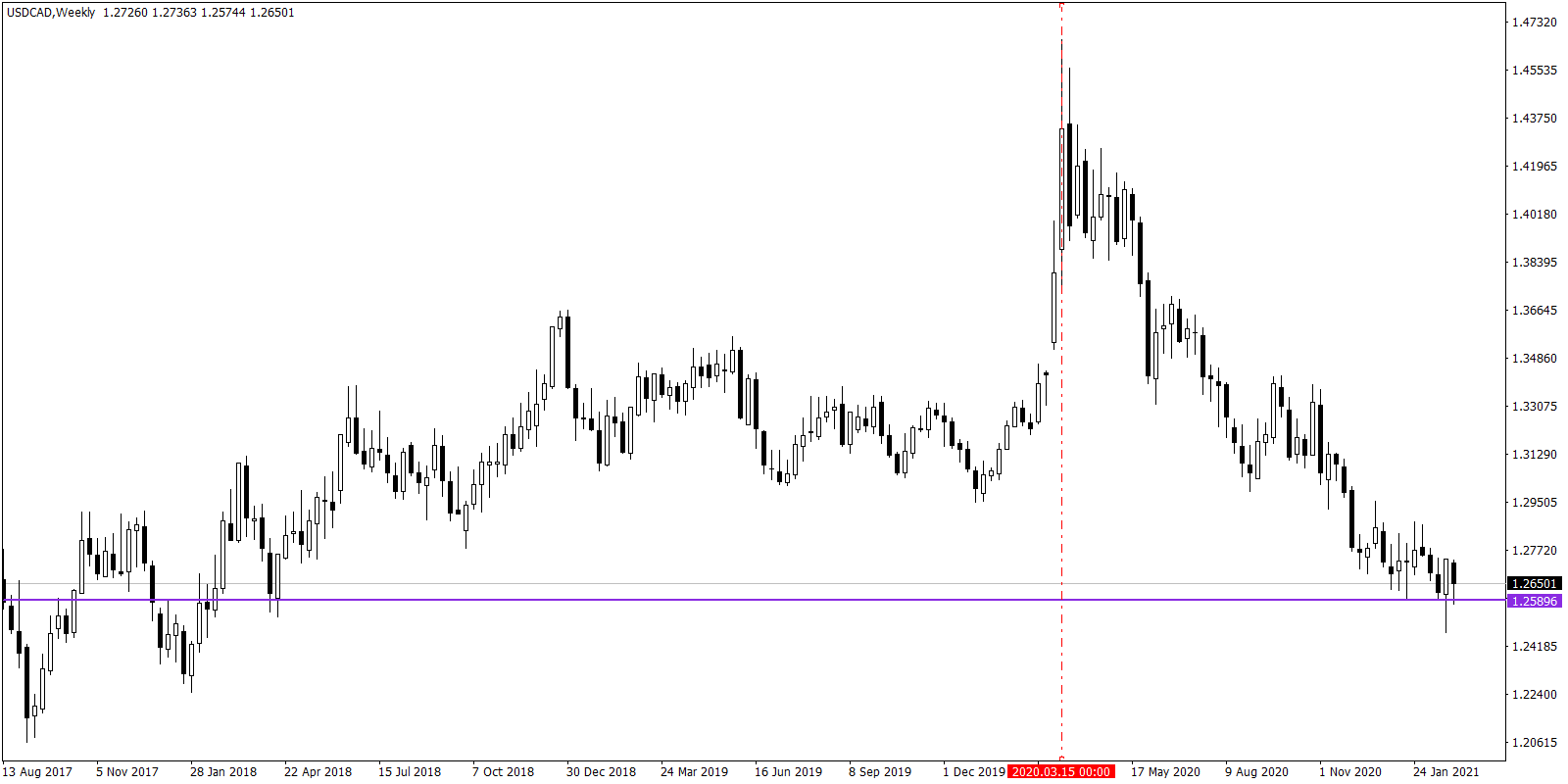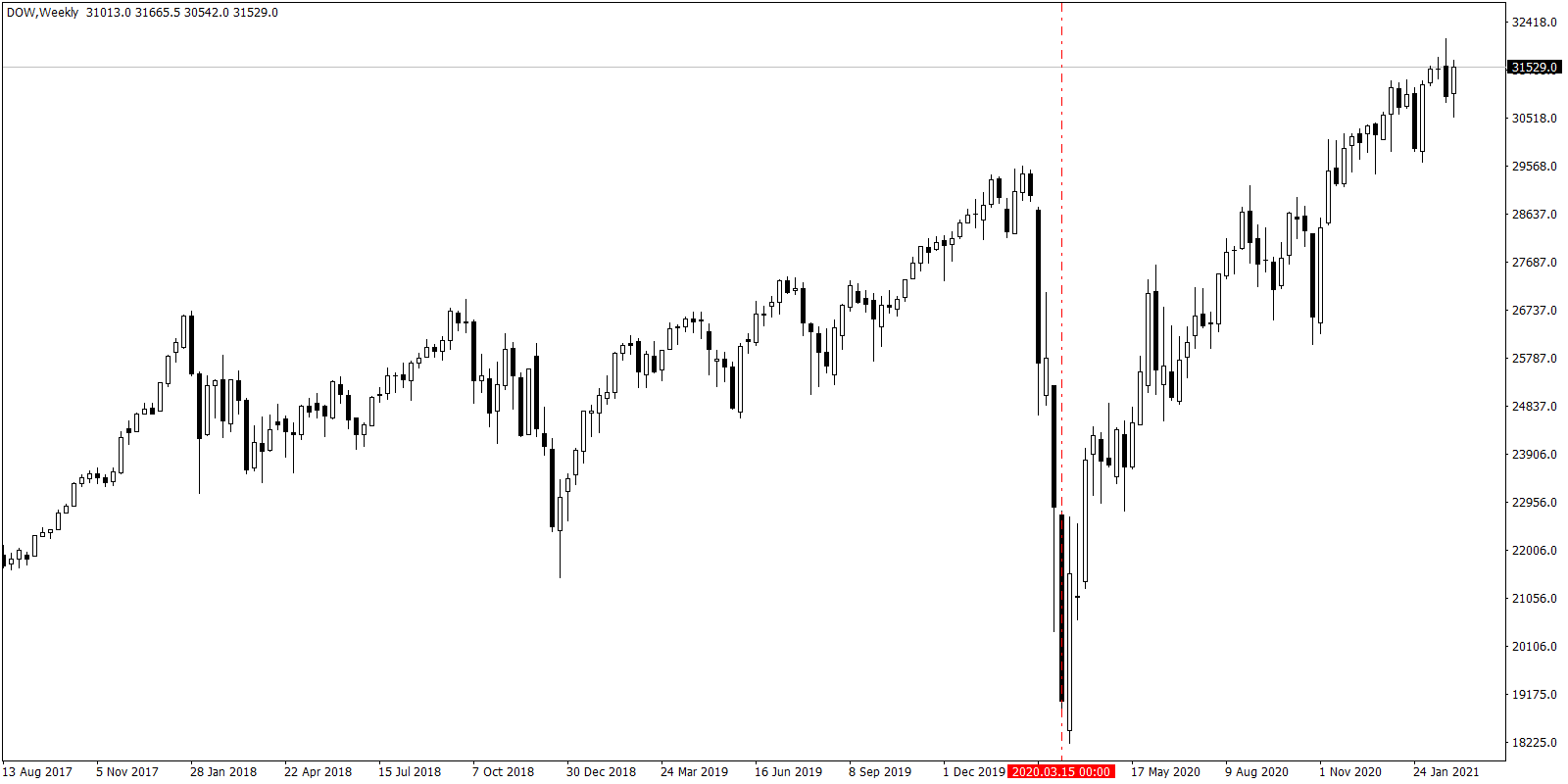HOW TO WIN FROM CORRELATED CURRENCIES?


One of the unique features of forex trading is that irrespective of which way the market moves, you still can make profit by taking the right decisions. One of the ways of doing this is to shift your focus to the closely tied commodity
Certain currencies closely track certain commodities. There is a clear correlation between currencies and commodities. This correlation is in two ways: either they are directly related, or they are inversely related. For instance, AUD and Iron Ore are directly related. If iron ore prices go up, so does AUD. On the other hand, the inverse relationship can be witnessed between USD and XAU. When the price of USD goes down, the price of XAU goes up.

Smart traders trade simultaneously in Forex and commodity markets. They always keep in mind this correlation and take their trades accordingly. For example, when they find the price of XAU is going up, they will buy XAU and sell USD and thus make profit from both trades, or when iron ore prices are going down, they sell both AUD and iron ore accordingly.
So, in short, those who understand this correlation are not perturbed by which way the market fluctuates. They are confident of making profit from either of the interrelated stocks.
Now, let us analyse this with the help of some charts. Let us take the combination of Gold and Crude Oil.

The chart above shows the price movements of crude oil. Look at the first highlighted portion – January 2020. As you can see, the price of crude oil started going down from January onwards. Now, let us compare this with the chart of the yellow metal.

Look at how XAU price started going up from January 2020 onwards. This is the correlation that smart traders capitalize on. In other words, smart traders can take trades in both XAU and crude oil at the same time and stand to make profit.
Yet another case of interesting correlations happens with USD/CAD and Dow Jones.
Dow Jones is the most widely followed stock market index in the world. It measures the performance of 30 large companies that are listed in the U.S. stock market. This index gives an idea about the overall direction of stock prices. USD, on the other hand, is the strongest currency in the global market.
There is a popular misconception that if the US stock market is soaring, it is synonymous to a stronger US dollar. However, it is actually the other way around. Whenever USD gains strength, Dow Jones index will edge lower. This is because, when the players find that USD is gaining strength, they will sell their stocks and reroute their investment to USD.
Similarly, whenever Dow Jones improves its performance, USD struggles to maintain its performance level. In other words, when USD value goes down, equity bulls would become happy because then the market players will sell USD and redirect their investment to stocks which in turn will help Dow Jones to better its performance.
Now, let us look at the USD/CAD chart:

As you may remember, USD/CAD was performing at its peak during March of 2020. It was then the pandemic struck which sent USD/CAD to a tailspin. This is reflected in the chart above.
Let’s head over to Dow Jones Index:

As you can see, just when the USD started declining, Dow Jones started gaining momentum. Thus, a weaker dollar is seen as a positive sign for stocks.
So, if you can identify pairs that show such correlations and understand how they behave, then you will never have to worry about one currency, stock or commodity performing poorly than expected. It can be positive correlation, also called co-movement or negative correlation. With this, focusing on inverse correlations would help you to keep your winning streak going!


 EN
EN  AR
AR JA
JA


